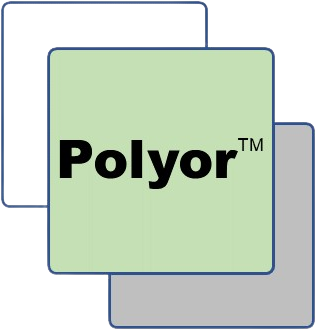AgroNum & COP28
Post-COP debrief. I read with interest Robert Höglund’s latest report from COP28 (https://www.linkedin.com/posts/roberthoglund_funding-climate-action-a-report-from-cop-activity-7140986143554088961-9fUV?utm_source=share&utm_medium=member_desktop).
Let me quote Robert; “Carbon credits' greatest problems have been their inability to live up to the offset claims made on the back of them. Even if some of the credits were creating an impact, it is very hard to prove that a ton was truly avoided or removed thanks to the purchase of a credit. /…/ Instead, companies should use credits to claim they contribute to climate action. This is a positive development and something we have been arguing for years.”
I tend to agree. More so when considering soil-derived carbon-offsets & credits as proposed by carbon farming advocates. Paraphrasing RH, offset → credits → impact → contribution. An alternative would be contribution → (offset) → credits → impact. This is not just a play on words, but rather realistic appraisal of #mrv (measure, report & verify) schemes dedicated to #carbonfarming. Measuring offsets in terms of carbon sequestration at the field & farm level is inherently imprecise, burdensome & costly.
A more cost-effective approach would be to measure inputs to soil organic matter conservation as a contribution to sustainable agriculture, and then ascribed credits to these inputs based on their costs. For instance, maintaining or accumulating 100 kg of soil organic carbon implies increasing soil organic nitrogen by 10 kg. Ensuring that this nitrogen requirement of soil organic carbon build-up (https://www.linkedin.com/posts/pierre-philippe-claude-31177171_the-inorganic-nutrient-cost-of-building-soil-activity-7110592327907164160-apei?utm_source=share&utm_medium=member_desktop) is met by inputting these additional 10 kg of nitrogen is a creditable contribution to sustainable agriculture.
Polyor SAS’s AgroNum™ approach to sustainable agriculture & soil organic matter conservation (https://www.linkedin.com/company/polyor-sas/?viewAsMember=true) can assess such contribution to climate action. Sustainable grain-nitrogen yields and their corresponding N-fertilizer recommendations easily identified using plot-specific nitrogen response curves. More so, increasing yields beyond these AgroNum™ response curves will in certain circumstances generate refundable nitrogen credits, or RNCs, paid to the farmer in lieu of carbon-farming derived carbon-credits.



